Bihar
Five Takeaways From The Bihar Caste Survey
Swarajya Staff
Oct 02, 2023, 10:24 PM | Updated 10:24 PM IST
Save & read from anywhere!
Bookmark stories for easy access on any device or the Swarajya app.
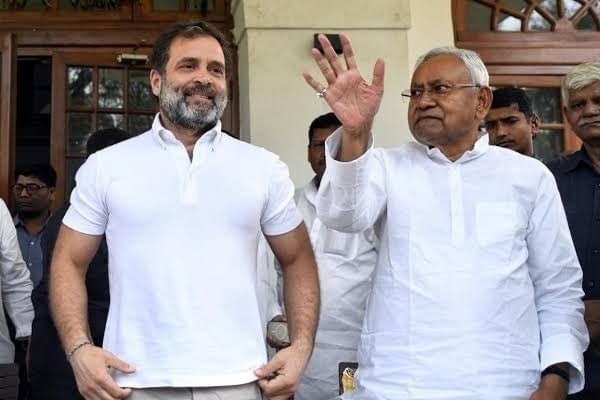
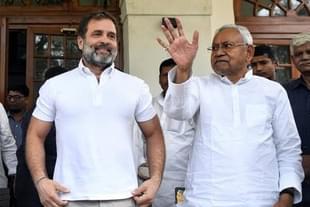
The Bihar caste survey numbers are out and these are the results:
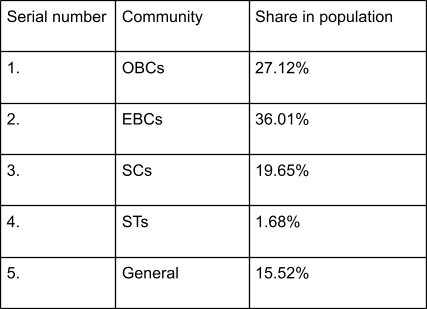
The following is breakdown of the politically most prominent castes according to the survey:
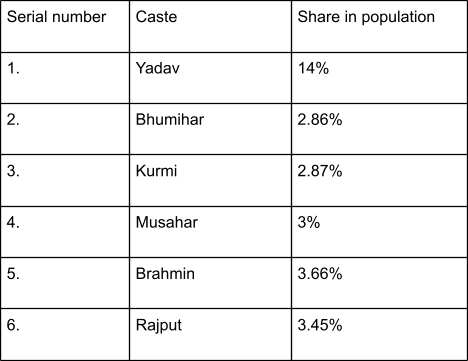
The religion-wise breakdown of Bihar’s population as per the survey is as follows:
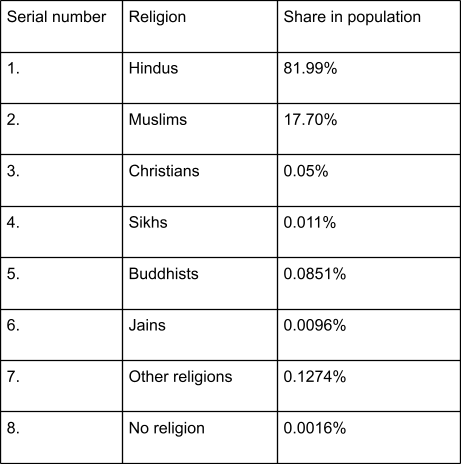
Here are five takeaways from Bihar releasing the survey numbers:
1. Bye-bye Indira Sawhney?
The Indira Sawhney judgment of the Supreme Court (1992) directs that no more than 50 per cent of government jobs and seats in public educational institutions can be provided for reservation.
In the case of Bihar, according to the survey, the combined population share of the reserved categories—OBC, EBC, SC, ST—is coming up to more than 84 per cent.
This numbers have already led to calls of proportionate representation. Lalu Yadav, RJD supremo, was quick to state that the government should now ensure that each community gets representation in proportion to its population.
It is also not difficult to imagine that had there been a government sympathetic to Lalu Yadav at the Centre, the Bihar government would have done a ‘Tamil Nadu’ with respect to reservations in Bihar.
Tamil Nadu provides reserved 69 per cent reservation and the law which enables the state government to do so has been placed in the Ninth Schedule of the constitution. Meaning, it cannot be challenged in court.
2. Rahul’s plank
Wayanad MP and de-facto Congress head, Rahul Gandhi, has already said, much before the survey was released, that he wants to break the illusion that ‘Narendra Modi is a champion of the OBCs’.
To this end, he has demanded that there be a nationwide caste census and has said that it would be conducted when the Congress comes to power in 2024.
This is the first tangible, objective point coming out from the Congress, INDI Alliance as an alternative to the BJP. The Bharat Jodo Yatra, when it was not hosting Hinduphobic faces, was almost entirely about abstract objectives like ‘nafrat ke bazaar mein mohabbat ki dukaan’.
This is the first concrete idea coming from Rahul Gandhi and with Bihar releasing the survey numbers, he is certain to double down on the narrative. In fact, soon after the survey numbers were releases, he tweeted:
“The caste-based census in Bihar reveals that OBC + SC + ST constitute 84% of the population.
Out of the 90 secretaries in the Central Government, only 3 are OBC, who manage a mere 5% of India's budget!
Hence, it is crucial to know India's caste-based statistics. The larger the population, the greater the entitlement - this is our vow”.
3. What happens in Bihar
How the survey actually plays out in Bihar may well depend on another survey that is not yet on the cards—one which counts that within the reserved categories, what is the representation of each community. For example, within the OBC category, how many government jobs have been given to Yadavs, Kurmis, Mallahs, Prajapati etc.
Such a survey may well reveal that a particular community/communities enjoy representation disproportionate to their numbers.
While this survey is not yet on the cards, it suits the politics of Nitish Kumar and JD(U), and to the extent that it would benefit the non-dominant OBCs, it also suits the BJP.
Can we expect a ‘tactical alliance’ between them to checkmate the RJD?
4. General castes rally behind BJP
If caste is important in the Hindi heartland, it follows that a development as important as a caste survey has repercussions not just in Bihar but also outside it.
Like with many government policies, the group which tends out to lose out due to a policy mobilises first and more fervently.
In this case, it is the general caste.
If anything, today’s events in Bihar are likely to lead to an even greater general caste consolidation behind the BJP, both outside Bihar in the larger Hindi heartland, and within the state.
5. Muslim reservation through the backdoor?
Close to 80-85 per cent per cent of Bihar’s Muslim population is categorised as OBC, EBC or SC and enjoy the reservation benefits which accrue to these groups.
If the reservation ceiling of 50 per cent is breached in Bihar, it effectively secures more seats in government jobs and government colleges for at least 80 per cent Muslims of the state. That would be uncomfortably akin to giving religious reservation in the name of securing quotas for the ‘backward classes’.
Also, to the extent that Bihar becomes a model for the states governed by the INDI Alliance, it presents a template for including as many Muslim castes as possible within the OBC and SC list and then demanding increased representation for the OBCs and SCs. Kerala already provides reservation to all Muslims, irrespective of their caste.





